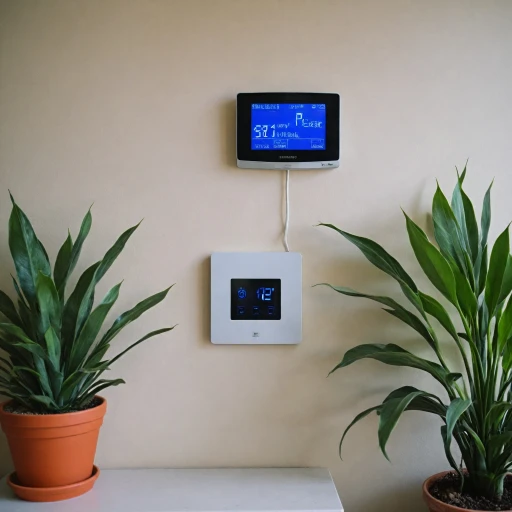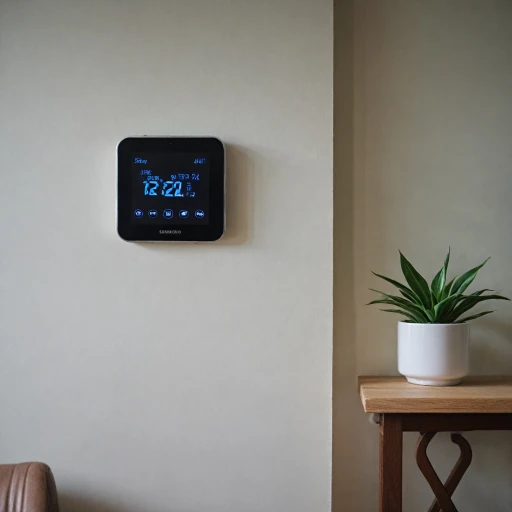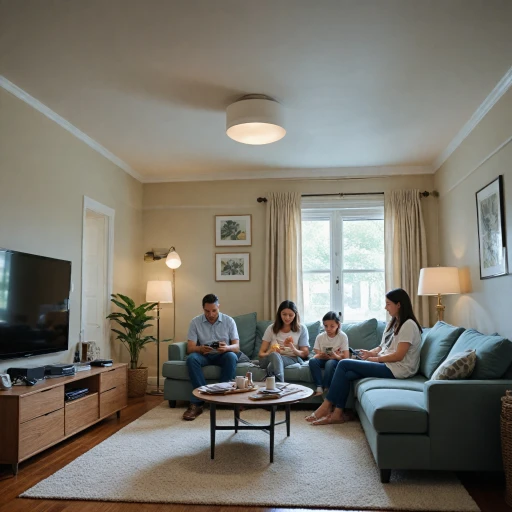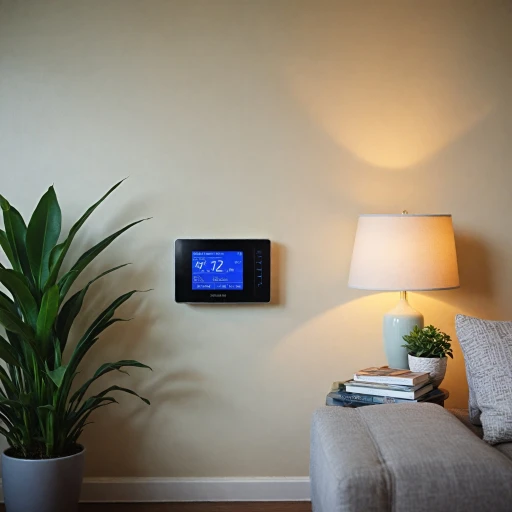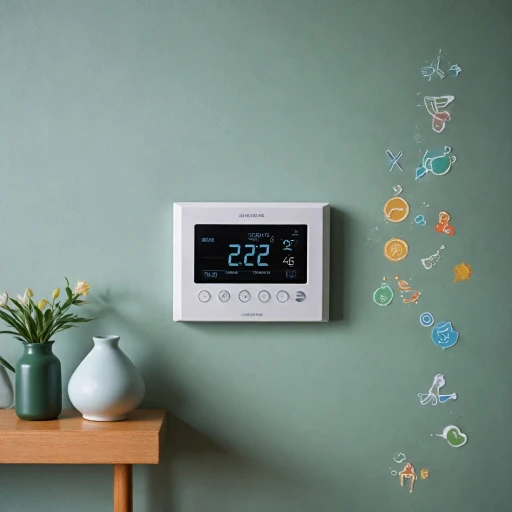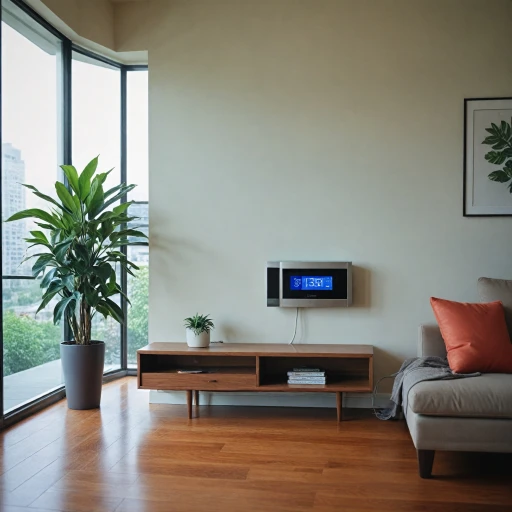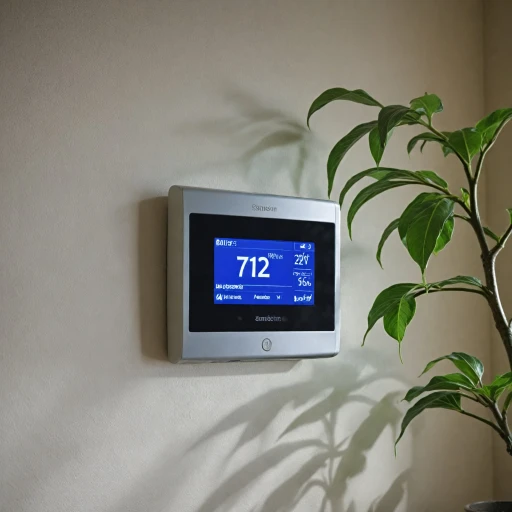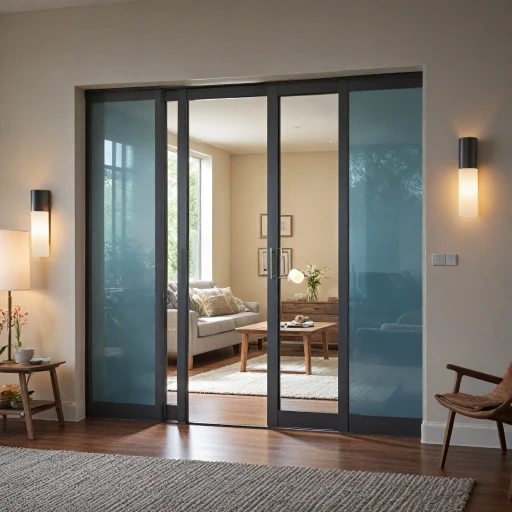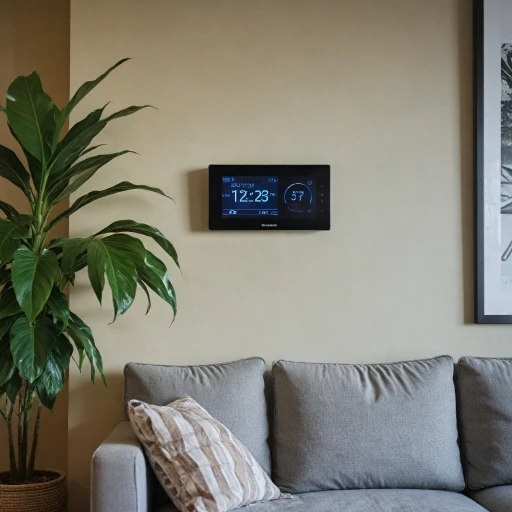
The Evolution of Smart Thermostats
From Manual to Intelligent: The Journey of Thermostat Technology
Over the years, we have witnessed a significant transformation in thermostat technology. It started with manual devices that required direct intervention to adjust temperatures. Today, smart thermostats have taken a leap, integrating with other smart home devices to enhance comfort and efficiency. The integration of technology has led to the introduction of features that allow these devices to do much more than regulate temperature. A smart thermostat today is capable of connecting with products like smoke and carbon monoxide detectors, such as Nest Protect. This connectivity provides homeowners with comprehensive safety and energy management solutions.Connectivity and Automation: Bridging Technology Gaps
Modern thermostats are not just about convenience; they are about intelligence. Most smart thermostats now offer app-based controls and integrate with ecosystems that include sensors for smoke and monoxide alarms. Whether it's a Google Nest system or other advanced smart smoke detectors, these thermostats fill the role of a central hub. The evolution doesn't stop there. The future holds more possibilities like improved integration with fire alarms and smoke alarms systems. Consumers can expect seamless connectivity, where devices communicate efficiently, offering real-time alerts and voice notifications.Enhancing Home Safety and Efficiency
Modern thermostats are effectively enhancing home safety. By integrating alarms such as smoke detectors and carbon monoxide alarms, they add a layer of security. The reliability of these systems is vital, as they often depend on battery backup systems or duct smoke detectors to ensure continuous operation. Many are making the switch to smart thermostats powered by long-lasting batteries, reducing the need for frequent replacements. For insights into the practical benefits of using a battery-powered thermostat, explore the advantages here. As we move forward, reliable suppliers will continue to play a crucial role in this ecosystem, ensuring that consumers have access to state-of-the-art technology capable of safeguarding their homes.Key Features of Modern Smart Thermostats
Modern Innovations in Smart Thermostat Features
Smart thermostats have transformed the way individuals manage their home's environment, leveraging advanced technologies. As these devices continue to evolve, they incorporate features that significantly enhance their usability and functionality. One defining characteristic of modern smart thermostats is their integration with smart home ecosystems. Popular products like the Google Nest facilitate seamless interaction with other connected devices, such as smoke detectors and carbon monoxide alarms. This convergence enables users to create a comprehensive security and comfort system within their homes. Another pivotal feature is voice control. With the advent of voice-activated technologies, smart thermostats can now respond to voice commands, providing users with a convenient hands-free experience. This functionality is particularly useful when syncing with smart speakers or virtual assistants to set temperatures or receive alerts. Battery-powered models offer added flexibility, addressing scenarios where a traditional wired connection isn't feasible. These models typically come with robust battery backup systems, ensuring continuous operation, which is crucial for maintaining safety devices like duct smoke detectors. Additionally, modern smart thermostats often include advanced sensors that detect smoke, fire, or carbon monoxide. These devices can then communicate with interconnected smoke alarms, providing timely alerts and enhancing household safety. View details of energy usage and temperature trends through intuitive apps that allow for better energy management and cost savings. Lastly, privacy and security remain paramount as users demand enhanced protection for their data. Manufacturers design smart thermostats with strong privacy policies and security measures to safeguard against unauthorized access. Overall, the development of smart thermostats reflects a broader trend towards creating more integrated and intuitive home environments. These innovations cater to the growing need for systems that not only enhance comfort and convenience but also ensure safety and energy efficiency."The Importance of Reliable Suppliers
The Significance of Dependable Providers
In the evolving landscape of smart thermostats, reliable suppliers play a pivotal role. These suppliers aren’t just responsible for delivering products like the Nest Protect or Google Nest but also for ensuring these devices meet specific safety standards. As technologies advance, so do the complexities of integrating devices such as smart smoke alarms, smoke detectors, and carbon monoxide alarms. Reliable suppliers ensure these products not only protect homes but also seamlessly integrate into smart ecosystems. Transparency is crucial. Suppliers who provide a clear view into their supply chain processes, quality control measures, and product innovations build trust with consumers. It's essential for them to offer products that have robust features like battery backup to ensure continuous operation even when power fails. This aspect becomes vital in emergency situations where smart smoke alarms or detectors must function without hindrance. Furthermore, suppliers must keep up with privacy policy standards ensuring that user data, especially in the case of internet-connected devices, remains protected. Voice alerts and other interactive features should function seamlessly, providing homeowners peace of mind. For those looking to fill their homes with the latest smart technology, having a trusted supplier is key. This ensures that products are not only top-notch in functionality but also reliable in times of need when alerts for smoke or carbon monoxide are critical. In selecting the right provider, consider those who offer detailed product information and demonstrate an understanding of the challenges faced in this sector. To explore more about products with smart features, check out this detailed guide on a digital programmable thermostat.Challenges Faced by Suppliers
Overcoming Industry Obstacles
The landscape of smart thermostat suppliers is not without its challenges, especially when it comes to maintaining high-quality standards across their product lines. Reliable smoke and carbon monoxide alarm integration is pivotal, with devices from companies like Nest Protect set as industry benchmarks. Suppliers must ensure that their products consistently meet the regulatory standards for smoke detectors and carbon monoxide alarms, which is crucial for user safety and trust. Quality control is one such area needing strong emphasis. The technology within these devices involves complex systems like duct smoke detectors and dual-function alarm products that combine smoke and monoxide detection capabilities. These complexities require precise engineering and robust testing protocols to safeguard against failures. Another challenge is providing sustainable and efficient power solutions. The common use of battery-powered systems in smart thermostats and associated smoke alarm products requires suppliers to focus on longevity and reliability. Many devices now offer a year battery life or longer, with new innovations incorporating alerts for low battery levels and tips for replacements without compromising the device's function. Privacy and data protection also pose significant hurdles. As smart thermostats integrate with platforms like Google Nest, ensuring robust privacy policies becomes critical. Suppliers must provide a comprehensive view of how data is handled and protect user information against potential breaches. Furthermore, maintaining supply chains that can adapt to the rapid advancements in technology while remaining cost-effective is a significant business challenge for suppliers. The balance between delivering affordable products and integrating next-gen features that encompass advancements in both the duct detectors and voice alerts features can be precarious. These challenges are compounded by the need to stay ahead of fire alarm technology, which encompasses both incremental improvements and pioneering advancements across the industry. Frequent updates and diligent product development are crucial to cater to the evolving needs of consumers, ensuring these smart systems continue to protect homes effectively.How to Choose the Right Supplier
Evaluating Supplier Credibility and Product Range
When selecting a supplier for your smart thermostat needs, it's crucial to assess their credibility and the range of products they offer. A reliable supplier will provide a variety of options, including models with integrated smoke and carbon monoxide detectors, such as the Google Nest Protect. These devices not only regulate temperature but also enhance safety by alerting you to potential fire hazards or carbon monoxide leaks.
Consideration of Technological Compatibility
It's important to ensure that the smart thermostats offered by the supplier are compatible with your existing systems. For instance, if you have a Google Nest setup, you'll want to pick a thermostat that integrates seamlessly with it. This compatibility extends to features like voice alerts and battery backup, which are essential for maintaining functionality during power outages.
Assessing Supplier Support and Warranty
Another key factor is the level of support and warranty provided by the supplier. A good supplier will offer comprehensive support, including installation guidance and troubleshooting assistance. Additionally, they should provide a warranty that covers potential defects or issues, ensuring your investment is protected over the years.
Reviewing Privacy Policies and Data Security
In today's digital age, privacy and data security are paramount. When choosing a supplier, review their privacy policy to understand how they handle your data. A trustworthy supplier will have robust measures in place to protect your information, giving you peace of mind as you integrate smart technology into your home.
Feedback and Reviews
Finally, consider the feedback and reviews from other customers. This can provide valuable insights into the supplier's reliability and the quality of their products. Look for reviews that mention specific features like duct smoke detectors, battery-powered options, and year-long battery life, as these can indicate the supplier's commitment to quality and innovation.

